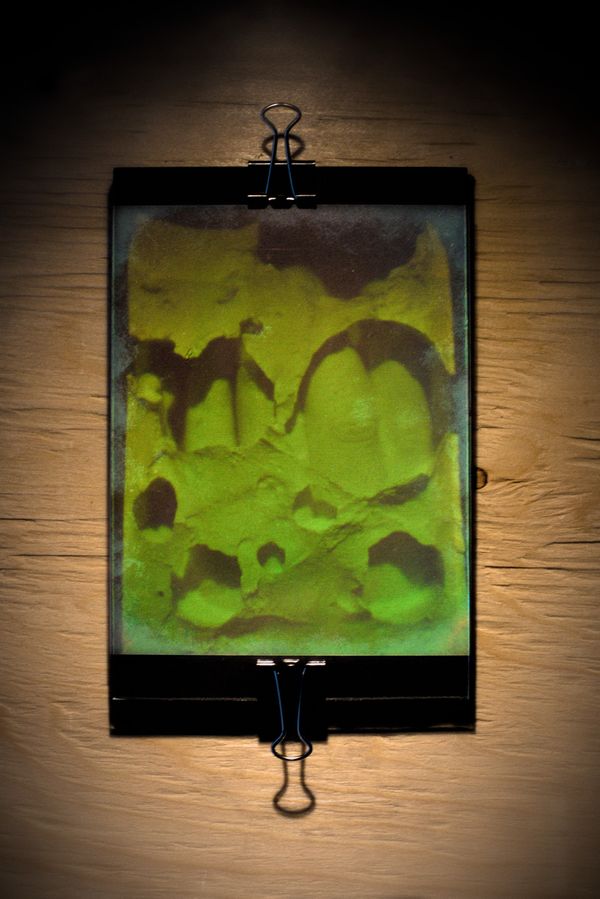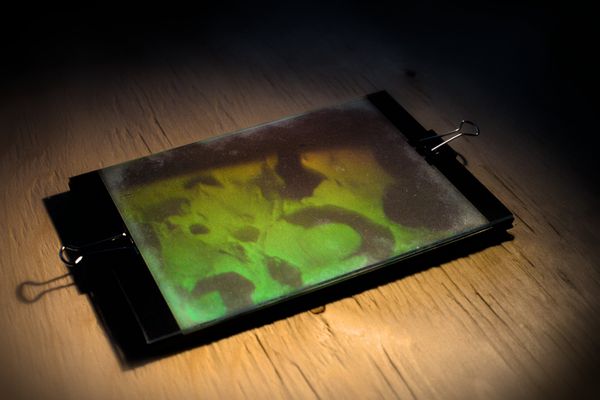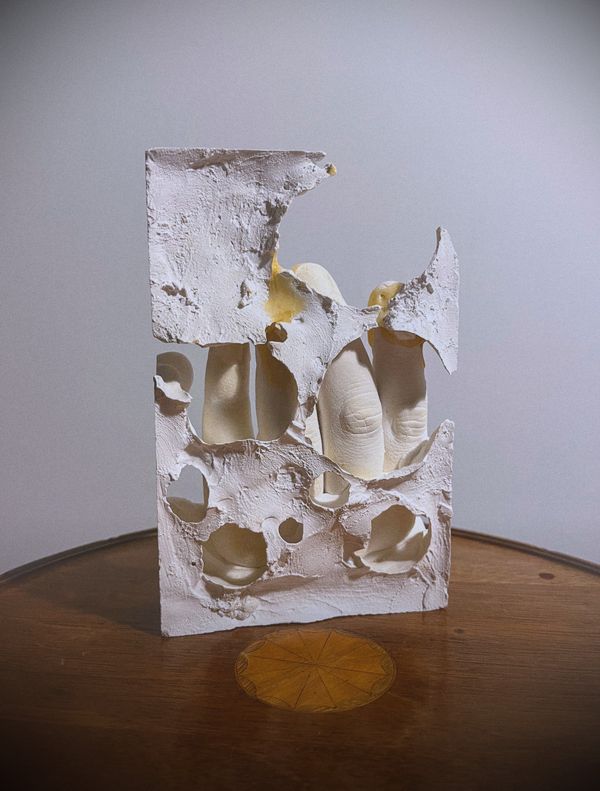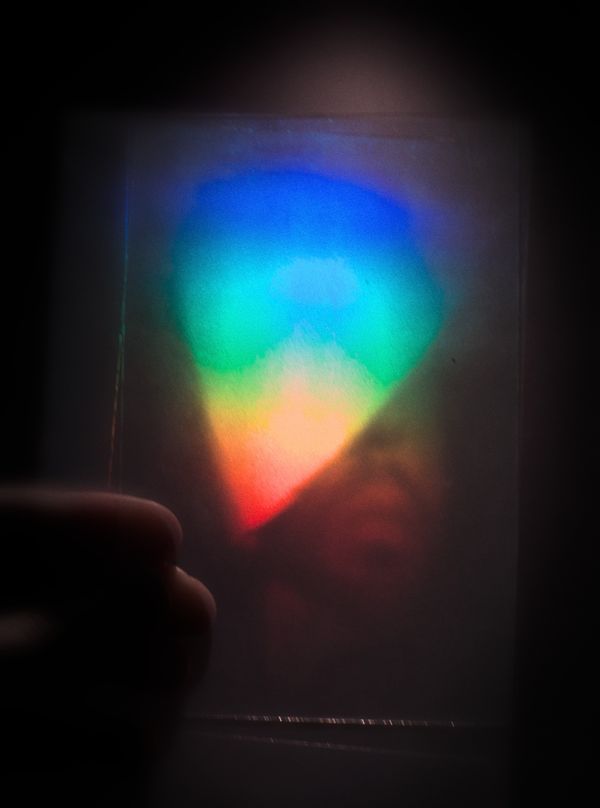Holograms (2017) #
My fascination with holography was sparked during a visit to the MIT Museum in my early twenties, where I encountered their captivating collection of holograms. Often, when I share my enthusiasm for holograms, people immediately reference the famous 2012 Coachella 'hologram' of Tupac. In these instances, I find myself clarifying that what was seen at Coachella was actually a Pepper's Ghost illusion, not a true hologram. This technique, involving a 2D projection on a transparent yet reflective surface, is a classic and somewhat simplistic visual trick compared to genuine holography.
True holograms are intricate 3D images that create a stunningly realistic visual experience, almost defying belief when seen firsthand. Their allure grows as one delves deeper into their underlying technology, which, intriguingly, seems somewhat anachronistic in today's digital era. The use of lasers, mirrors, photo-developing chemicals, and darkroom processes evoke a sense of a bygone era, reminiscent of the 1970s. Yet, this blend of seemingly outdated technologies contributes to the unique and timeless magic of holography.
In the summer of 2017, I had the privilege of participating in the Pulse Laser Holography Workshop in Columbus, Ohio, an intensive educational experience dedicated to the art and science of holography. This week-long workshop provided comprehensive training in creating various types of holograms. My learning encompassed the techniques for producing simple reflection (Denisyuk) and transmission holograms of inanimate objects, as well as advanced pulse laser holograms for capturing lifelike representations of people.
The workshop curriculum was diverse and informative, covering essential topics such as interferometry, the foundational history and scientific principles of holography, and the intricate process of formulating the necessary chemicals and film for holography creation. Although the process of crafting holograms presents significant challenges, both in terms of complexity and cost, this experience has sparked a continued interest in this field for me. Looking forward, I am eager to explore more opportunities in holography, merging scientific knowledge with creative exploration.

This is a reflection hologram. Because the film was never properly sealed after developing, you can see that the edges of the frame are deteriorating. This is from the oils and dirt present on everyone's skin when handling the hologram without gloves. Eventually the entire hologram will likely disappear.

You can shift your perspective very nearly parallel to the plane of the film, and still resolve the hologram. You can see underneath details that are obscured from other angles.

The sculpture was originally used in the capture of the reflection hologram. It's made of plaster of paris. Unfortunately, some parts of this sculpture broke and epoxy was used to repair it. At the time of the hologram capture, the epoxy was not visible, but with age, it has yellowed.

This is a different type of hologram, and I wasn't able to get a very good photograph of it. The original, was captured with a red pulse laser, allowing for me to be the subject. You can see part of my face, blurred out a bit behind the block shape. The master pulse laser hologram was transferred to a rainbow hologram, to get the brilliant rainbow colours.
It surprises me that holography isn't more popular as an art form. There are a few well-known artists who have used holography, such as Roy Lichtenstein and Louise Bourgeois, but it still seems to be quite niche. Maybe it's because making holograms is quite complex, or perhaps they're not as fashionable because they can seem a bit gimmicky.
For me, the charm of classic laser and darkroom holography lies in its resistance to modern commercialization. Its 'nerdy' appeal, deeply rooted in scientific principles, gives it a genuineness that’s rare and captivating. More often found in science museums, these holograms offer a different perspective than what I typically see in art galleries. This unique combination of scientific complexity and artistic creativity is what makes holography so intriguing and personally significant.